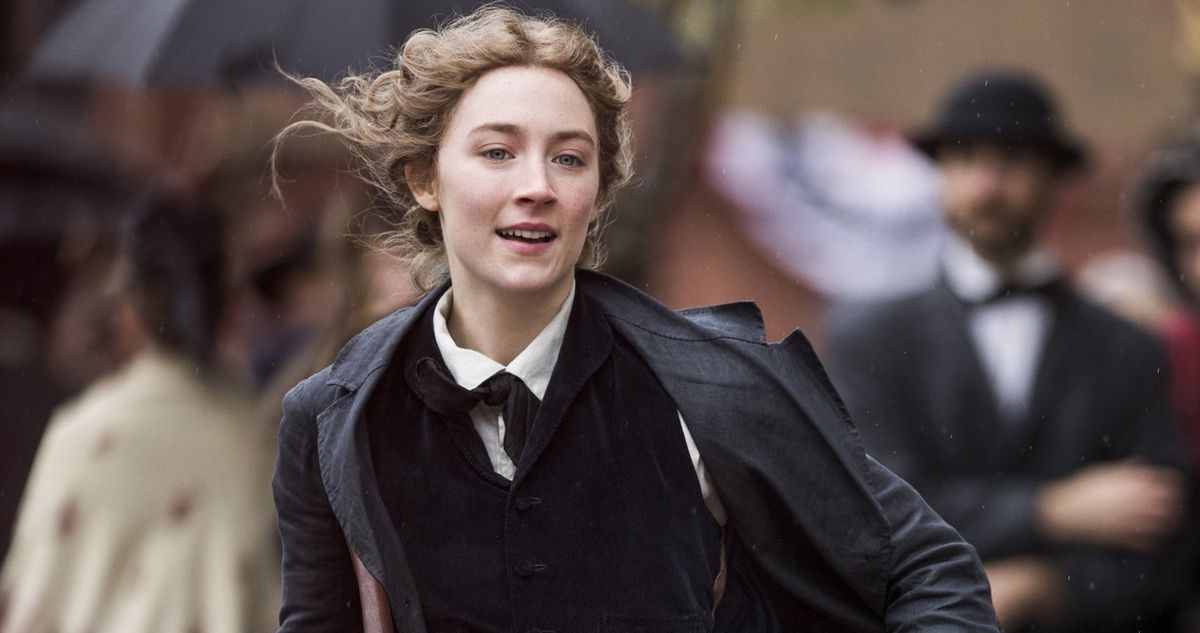Greta Gerwig proved her brilliance as a film-maker with her semi-autobiographical, coming-of-age solo directorial debut, ‘Lady Bird‘. In comparison, the choice for her second feature, an adaptation of the 150 year old classic by Louisa May Alcott, ‘Little Women‘ might initially surprise you. Period dramas are no joke, and Gerwig gained widespread acclaim because of the authenticity and honesty of ‘Lady Bird’ that many found relatable because of the characters and their relationships. How does one get that from a 19th century novel on women?
Gerwig’s adaptation maintains it authenticity and honesty while staying true to the original. This is because the book has been a part of her childhood, it mattered to her, and she just knew that this was one movie she had to make. In an interview with Hollywood Reporter she stated, “Little Women was just a part of me …These girls felt like my sisters and their memories felt like my memories. It was the book for me.”
There is a reason why Alcott’s novel proved to be a timeless classic, why it never went out of print, why its read so widely generation after generation, adored both by the young and the old alike. The work was a feminist text long before the word ‘feminism’ was even coined. It was a text meant for young women, and it was the kind that reinforced the importance of individuality and normalized ambition in women through its characters, while portraying the regular lives of American middle-class girls. This, in many ways, served to validate the dreams of young girls to do something different. What made it all the more relevant and real was that the text was semi-autobiographical (much like Gerwig’s ‘Lady Bird’) and modeled after Alcott’s own her relationship with her three sisters and their adolescence.
Is ‘Little Women’ Based on a True Story?
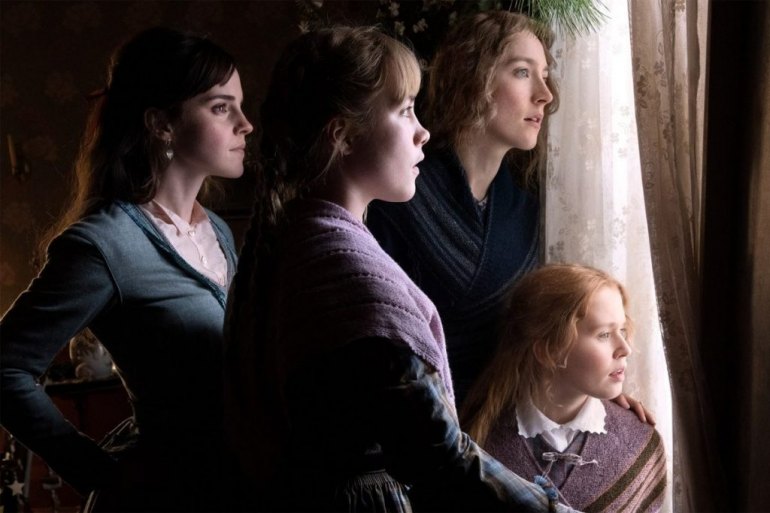
In many ways, yes, it is. More so because Gerwig combines Alcott’s semi-autobiographical ‘Little Women’, with more elements from Alcott’s own real life, from her letters and diaries, while at the same time, maintains her own take on the text and the characters. Gerwig reshapes the text for the audience of our time, making it both meta and subversive, while each character stays true to his/herself and their narrative.
In 1868, more than 150 years ago, Louisa May Alcott was persuaded by her publisher, Thomas Niles, to write a “girls’ story”, which she was instantly reluctant to.
“I don’t enjoy this sort of thing. Never liked girls or knew many, except my sisters; but our queer plays and experiences may prove interesting, though I doubt it.” she wrote in her journal around the time.
But well, she did the “girls’ story” and based the characters on herself and her sisters, who we now know better as Meg, Jo, Beth and Amy, while talking about her own family life, her and her sisters’ relationship with their mother, their own dreams and aspirations. While working on the final manuscript, Alcott was quite pleased with the work, and believed that it was “simple and true, for we really lived most of it; and if it succeeds that will be the reason of it.” She was right, that was the reason for it, and its also the reason why the book still remains relevant. ‘Little Women’ was completed within 10 weeks and when it was released in 1868, it became an instant best-seller. The rest, as we know, is history.
The Characters in Real Life
‘Little Women’ is set in the Civil War era, in Orchard House, Concord, Massachusetts, the real-life home of the Alcott Family, and the four March sisters were based on the real-life Alcott sisters. Louisa’s father, Amos Bronson Alcott was a transcendentalist and educator, while her mother, Abby May was one of the first ever paid social workers. Like the text, the Alcott family suffered in poverty in its initial years, leading to the four girls working as governesses, domestic servants and teachers to help support the family.
Meg March
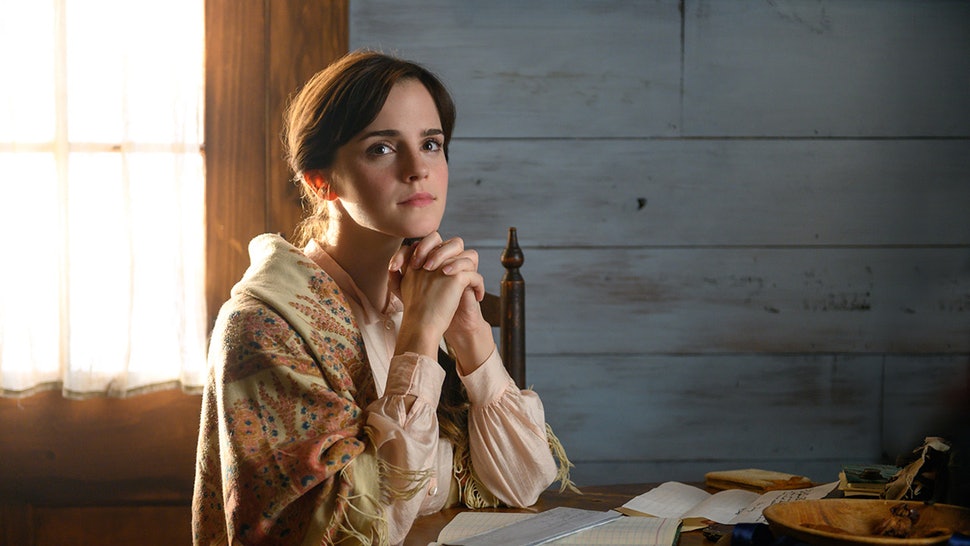
Meg, the oldest of all the March sisters, is played by Emma Watson in the film, and is based on Louisa’s oldest sister, Anna. She was a talented actress, as is shown in Gerwig’s movie through Meg’s character, and she and Louisa put on plays and started the Concord Dramatic Union. Meg fulfills expectations of women of the time, and she is the first to get married, just like Anna. Over the years, Meg was not considered to be a strong character because she married early. It was Gerwig’s adaptation that portrayed Meg as a feminist in her own right, despite her differences.
Jo March
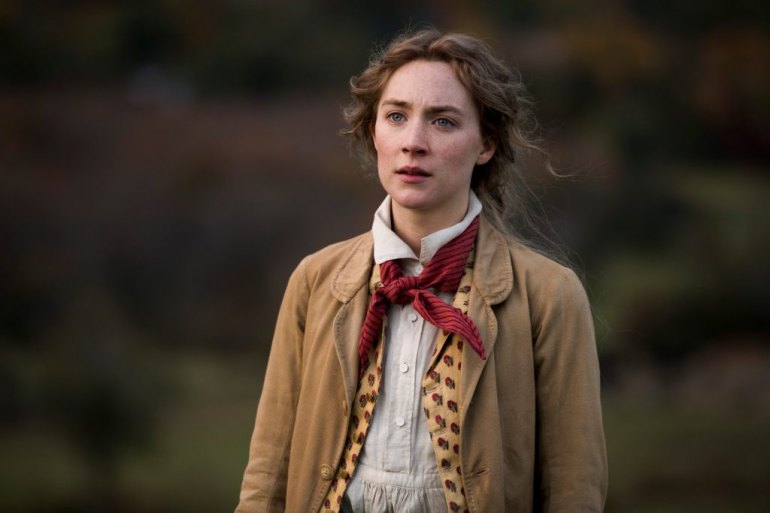
Jo, the second oldest March sister, Louisa Alcott based on herself. Played by Saoirse Ronan in the film, Jo, is the character that has been widely appreciated over the years for her strong sense of individuality, independence and ambition. But she is also stubborn and has a temper. Instead of Mr. March, as mentioned in the text, it is actually Louisa who served as a nurse during the Civil War and contacted typhoid.
Like Alcott, she loves literature, and grows up to be a writer. She also rejects the idea of marriage and romance, and pursues her literary career in New York city. In real life, Alcott never got married and fulfilled her dreams of being a writer and supported her family. But in the book, Jo does get married to the much older German professor, Friedrich Bhaer. Gerwig’s adaptation tries to do justice to Alcott’s own life choices, and leaves Jo’s fate with Bhaer ambiguous, by taking some liberties towards the end and combining Jo’s character with what she thought Alcott would do.
Beth March
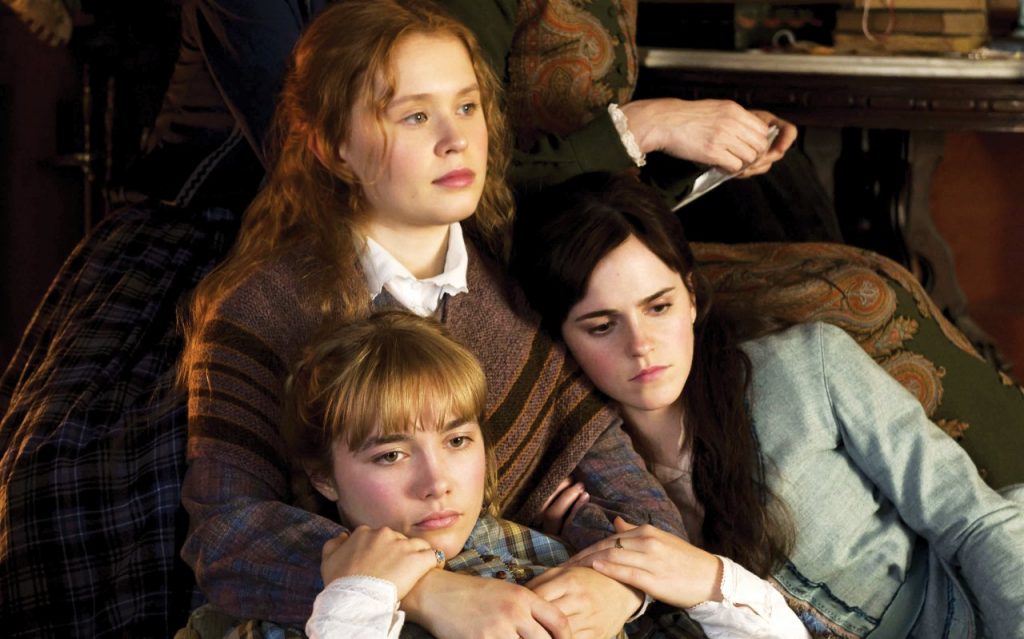
Beth, played by Eliza Scanlen of ‘Sharp Objects’ fame, is the second youngest sister from the four. She was based on Louisa’s real-life second youngest sister, Elizabeth Alcott. Much like the book, Elizabeth died young. She contacted scarlet family be helping a poor family, and though she initially recovered, she died two years later in 1858, a little before her 23rd birthday. Beth spends most of her final days playing the piano and spending time with her loved ones. Jo did most of her nursing and helps her recover but it does not last very long. Just like the novel, Beth’s death impacted the sisters very much in real-life too.
Amy March
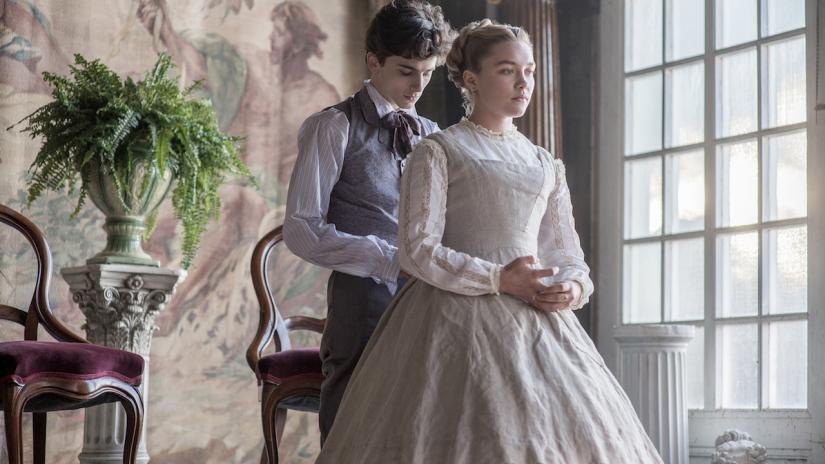
Amy March is the youngest of the four sisters and is based on May Alcott. May is also the one who did the illustrations for the original ‘Little Women’. Amy’s character is one of the most interesting ones in the novel, as it is the most complex.
Through Gerwig’s adaptation, and her treatment of it, Amy’s character gets even better in the film. Amy is ambitious and has an artistic inclination. Just like Amy, May too went to Paris and studied Fine Arts. It is believed that Louisa paid for May’s education abroad in London, Paris and Rome. May made quite an impact in the art world in Paris, and in 1877, the Paris Salon exhibited one of her works. The film explores the complex dynamic that Amy and Jo share, as Amy always believed she was second to Jo, she also burns Jo’s book. But it is also May, in real-life, who named her own daughter after Louisa.
Theodore “Laurie” Laurence
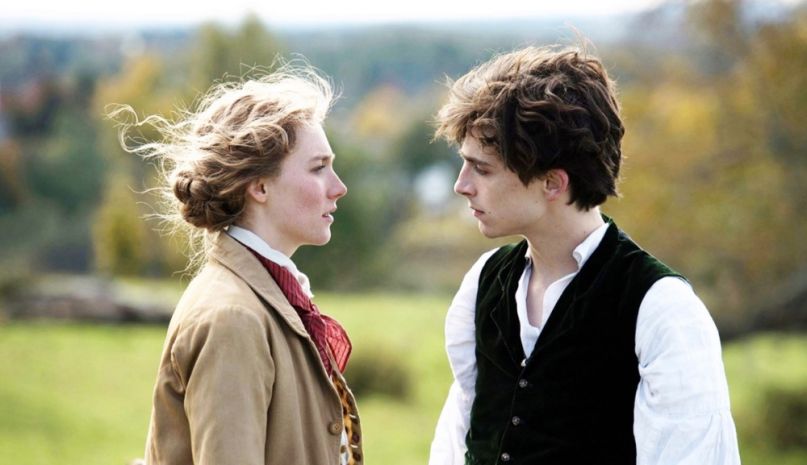
Apparently, Laurie’s character, played by Timothee Chalamet was also based on a real-life person Alcott encountered. He wasn’t their neighbour, but a Polish musician that she met abroad, who Alcott nicknamed Laddie. According to biographer Harriet Reisen, the two spent a couple of weeks together in Paris alone, and it is believed that they had a brief affair.
This becomes interesting as though everyone wanted to see Jo and Laurie get married in the book, Alcott did not let this happen. Instead she wrote in her diary: “Girls write to ask who the little women marry, as if that was the only aim and end of a woman’s life. I won’t marry Jo to Laurie to please anyone.” The book has Laurie marrying Amy instead, while Jo who initially rejects his proposal, chooses Bhair.
In her journal, Alcott spoke about the reality in her novel ‘Little Women’:
“Facts in the stories that are true, though often changed as to time and place: —“Little Women” — The early plays and experiences; Beth’s death; Jo’s literary and Amy’s artistic experiences; Meg’s happy home; John Brooke and his death; Demi’s character. Mr. March did not go to the war, but Jo did. Mrs. March is all true, only not half good enough. Laurie is not an American boy, though every lad I ever knew claims the character. He was a Polish boy, met abroad in 1865. Mr. Lawrence is my grandfather, Colonel Joseph May. Aunt March is no one.”
As I mentioned earlier, at a first glance, Greta Gerwig’s choice to direct another adaptation of Alcott’s ‘Little Women’ may be surprising. But it really isn’t. A lot of parallels can be drawn between Alcott’s and Gerwig’s works. They both explore the female experience, showcasing real, rare relationships between women as well as their aspirations. Despite being worlds apart, both ‘Lady Bird’ and ‘Little Women’ are essentially about growing up and becoming women. Alcott’s work was personal, and so is Gerwig’s, whose second feature is based on a crucial part of her childhood. It is Gerwig’s approach to the text that makes it stand out from all the other adaptations till date.
Read More: Movies Like Lady Bird

